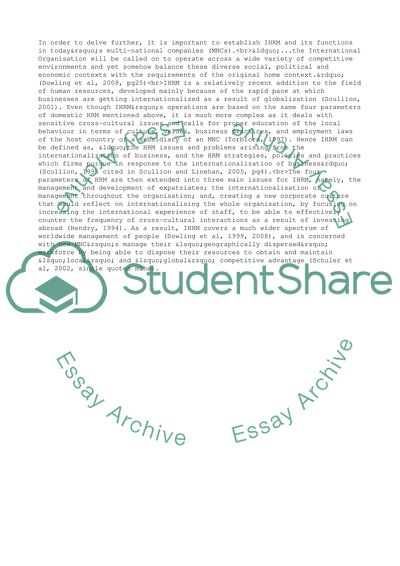Cite this document
(“International Human Resource Management Essay Example | Topics and Well Written Essays - 3000 words”, n.d.)
International Human Resource Management Essay Example | Topics and Well Written Essays - 3000 words. Retrieved from https://studentshare.org/management/1561046-an-essay-about-international-hr-management
International Human Resource Management Essay Example | Topics and Well Written Essays - 3000 words. Retrieved from https://studentshare.org/management/1561046-an-essay-about-international-hr-management
(International Human Resource Management Essay Example | Topics and Well Written Essays - 3000 Words)
International Human Resource Management Essay Example | Topics and Well Written Essays - 3000 Words. https://studentshare.org/management/1561046-an-essay-about-international-hr-management.
International Human Resource Management Essay Example | Topics and Well Written Essays - 3000 Words. https://studentshare.org/management/1561046-an-essay-about-international-hr-management.
“International Human Resource Management Essay Example | Topics and Well Written Essays - 3000 Words”, n.d. https://studentshare.org/management/1561046-an-essay-about-international-hr-management.


